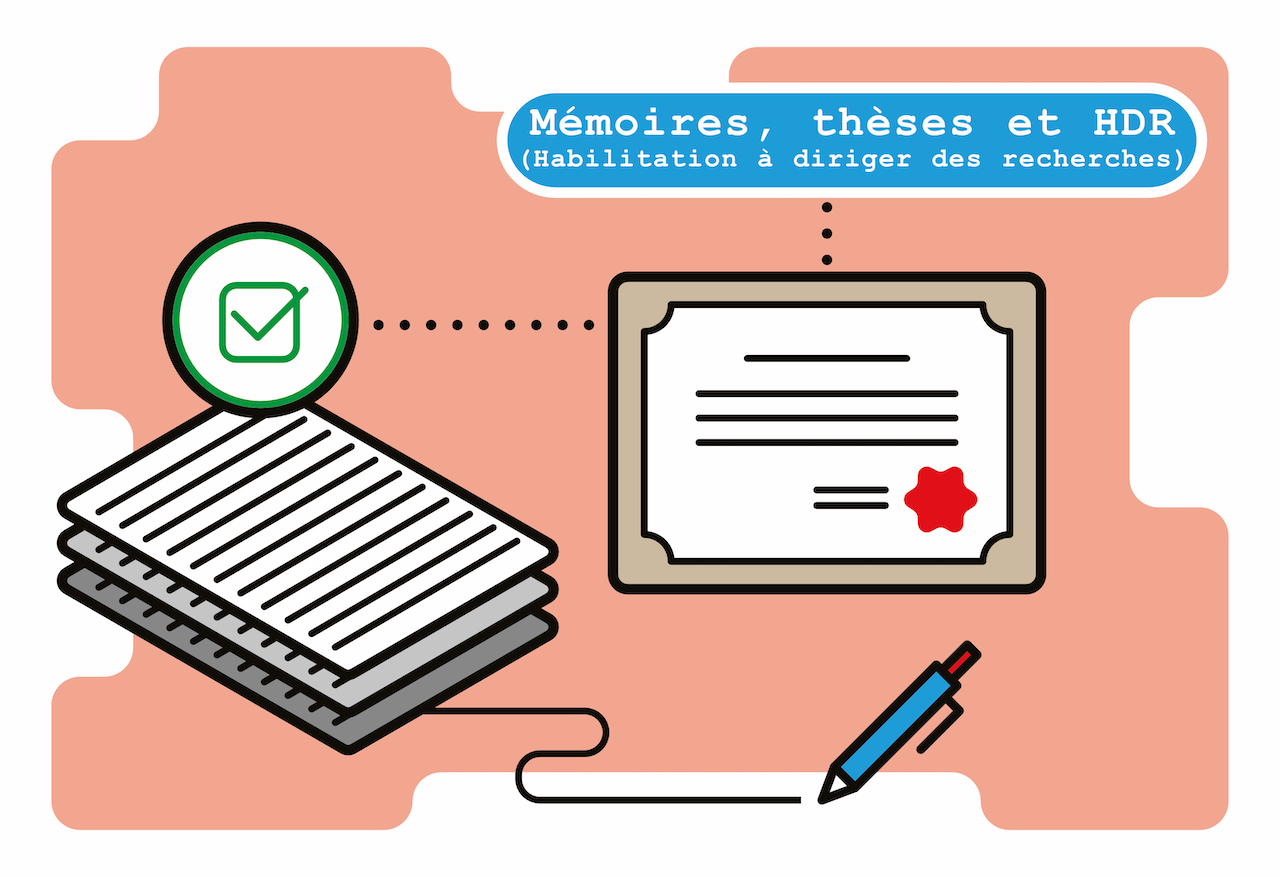Spectroscopic characterisation of the effects of plasma geometry on the angular distribution of X-Ray emission in HED plasmas
Fiche du document
- ISIDORE Id: 10670/1.989838...
Citer ce document
Gabriel Perez Callejo, « Spectroscopic characterisation of the effects of plasma geometry on the angular distribution of X-Ray emission in HED plasmas », Oxford Research Archive, ID : 10670/1.989838...
Métriques
Partage / Export
Résumé
Understanding the plasma conditions inside hohlraums in Inertial Confinement Fusion (ICF) experiments is important to achieve ignition. However, obtaining actual measurements of those conditions is a complicated task. X-ray spectroscopy techniques offer a promising approach to these measurements, given the amount of information contained in the plasma spectra. Extracting this information from the data requires reliable spectral models that are experimentally benchmarked. This thesis presents an analysis of the effects of the plasma geometry on its spectra, and their potential capabilities for spectroscopic diagnosis. By doing a detailed mathematical treatment of several geometries, it is shown that a cylindrical plasma is optimal to study these effects. The cylindrical geometry is therefore further studied with focus put on the emission from the He−α complex and how the line ratios are modified by the geometry. The potential use of these ratios as a measurement of the ion density of the plasma is described. The ‘OpticalDepth’ experiments at OMEGA are then detailed. In these experiments, plasma cylinders in the High Energy Density (HED) regime were generated and characterised using time-resolved X-ray imaging and X-ray spectroscopy. The experimental results are compared with predictions from a 2-dimensional radiative transfer computational model, showing that the simulations reproduce the experimental results to a much better degree than models which do not include the plasma geometry. The agreement found between experiment and simulations makes it possible to use cylindrical tracers in ICF experiments to obtain information about the plasma density from the geometry-modified line ratios. This is shown by analysing data from the Dot Spectroscopy campaign at the National Ignition Facility (NIF). Direct comparison of the tracers’ spectra from these experiments with the predictions from the computational model developed in this work yields time-resolved measurements of the ion density of the plasma, without the need for additional diagnostics.
